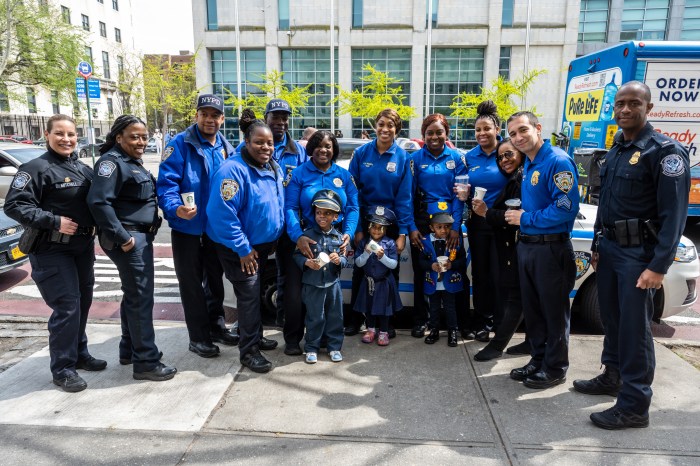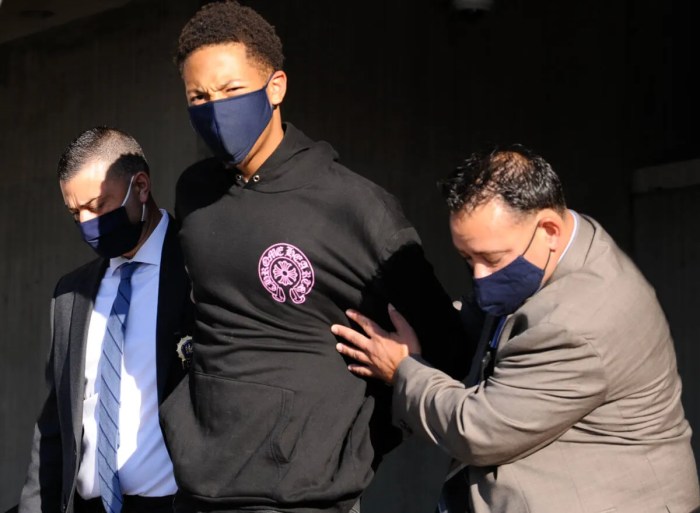There is no issue greater in southeast Queens than putting an end to street violence.
According to CompStat statistics gathered by the NYPD, as of Aug. 12, homicides have gone up 28.6 percent this year in the precincts the NYPD refers to as Queens South.
Shootings have also risen by 22.2 percent in those neighborhoods. Queens South is the only sector in the city that has seen an increase in homicides.
Mothers living in the areas most affected by the gun violence have to worry every day if their sons will return home safely. There is the fear that they will be shot or that they will be arrested as the shooters and spend the rest of their lives in prison.
It is a fear no parent should live with, and it is a fear that has not been reduced, if it has been reduced at all, by stop-and-frisk. The greatest fear from this program is that the son will wind up in Rikers for a small amount of marijuana.
District Attorney Richard Brown and southeast Queens legislators recently announced a nine-point plan to end the growing number of shooting deaths in the borough. The announcement came in anticipation of another gun buyback program.
The plan involves educating the public: building a community coalition to speak against guns and violence, informing the community of gun buybacks, and creating a public relations campaign to encourage residents to report illegal guns and crimes.
This will require getting the community to trust local police — not an easy sell in southeast Queens.
The plan would limit gun access for criminals and those with mental illness. It’s already difficult to get a permit to carry a gun in New York City and the penalty is harsh for those who get caught with an illegal gun. That has had limited effect. The city must work with the federal agents to cut the flow of weapons across state lines.
The remaining goals of the plan are to increase trust between the police and residents, give more resources to precincts with a high violent crime rate, shut down illegal businesses that attract criminal activity and give more information to residents about programs and services that can help them.
This is a battle that can be won.
































